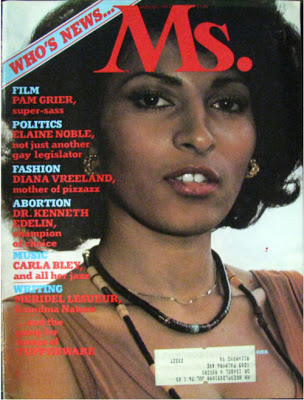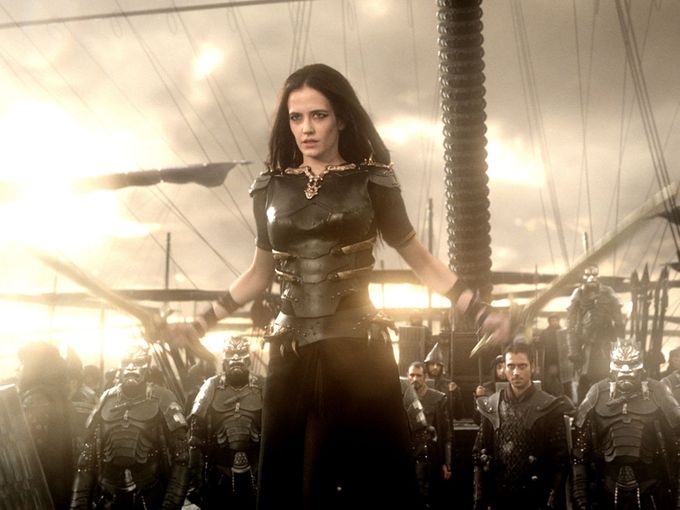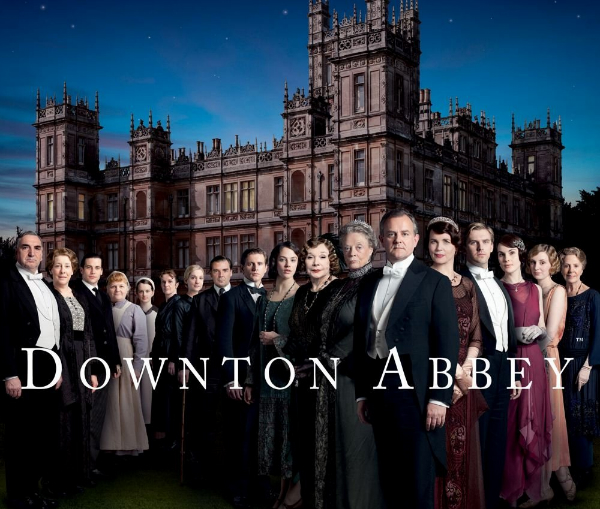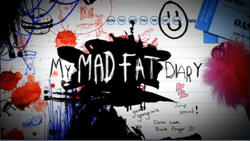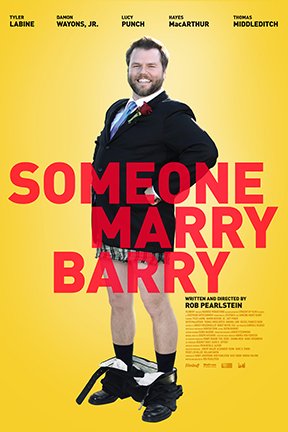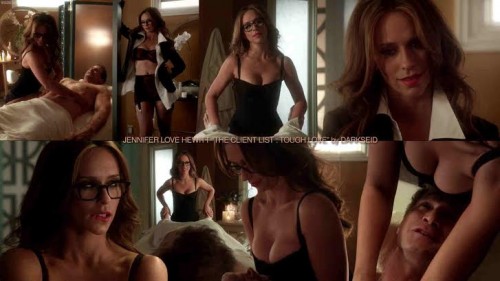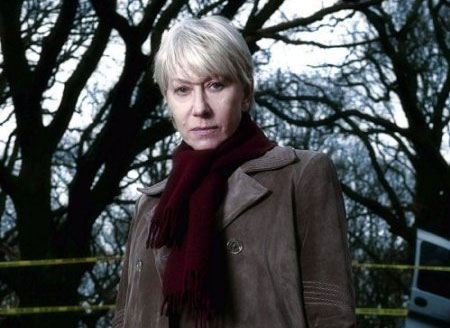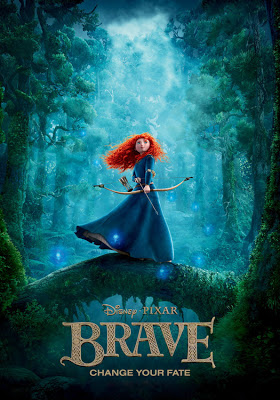The Unfinished Legacy of Pam Grier
Grier’s legacy has lasted over four decades, but there’s something about her career that leaves me feeling unsettled, as if her filmography is indicative of larger (backward) social trends. She started out headlining action films–an amazing feat for a woman, much less a black woman in the early 1970s. A glance at a few of these films show feminist themes that are incredibly rare 40 years later. Her early films were groundbreaking, but nothing much was built after that ground was broken.
